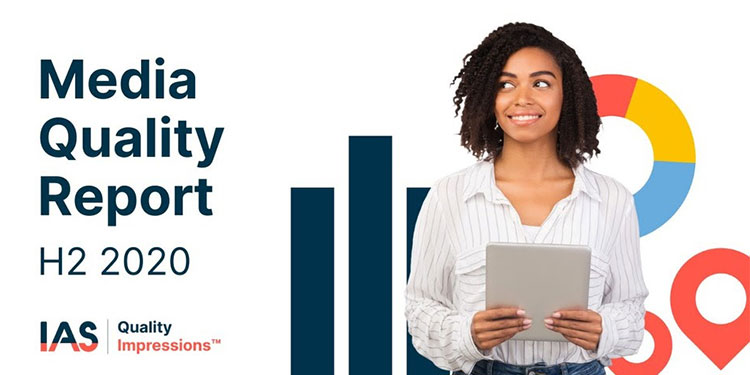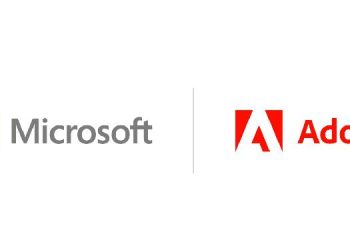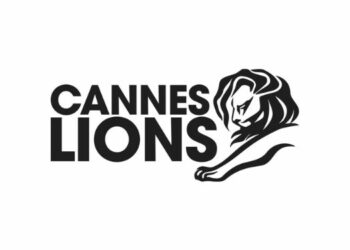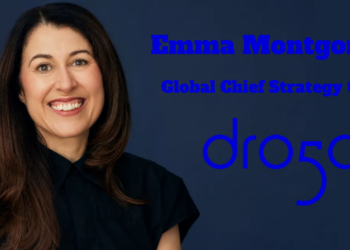Integral Ad Science (IAS), a global leader in digital ad verification, today released its H2 2020 Media Quality Report (MQR) with insights into the performance and quality of global digital media.

“As marketers evolved their strategies in the second half of 2020, our latest MQR report shows greater adoption of tools that mitigate ad fraud and brand risk around digital content,” said Tony Marlow, Chief Marketing Officer, IAS. “These unique insights also showcase the huge opportunities for marketers related to contextual targeting and emerging platforms such as CTV. Right now, every impression counts, and ensuring ads are viewable by real people in the environments that align with campaign objectives has never been more important.”
As consumers continued to focus on digital media during stay-at-home orders, viewability rates showed mixed results. With the continued growth of CTV viewership and ads, this MQR report includes inaugural data for connected TV (CTV) viewability, which topped the video viewability rankings worldwide. CTV viewability reached 93.3% globally, while mobile app video, another new metric for H2 2020, followed closely at 92.6%. Mobile web video viewability followed at 73.7%. A shift in consumer behaviors contributed to the greatest year-over-year (YOY) growth for viewability in mobile app display environments, with North American markets yielding improvements, an increase of 8.1 percentage points in the U.S. and 7.1 percentage points in Canada.
As marketers adopt the latest tools to measure and prevent fraud, global ad fraud rates improved overall and optimized-against-ad-fraud levels dropped across all devices and environments reported. The global fraud rates among optimized campaigns dropped between 0.3% to 0.8% worldwide, while non-optimized campaigns registered 5.1% to 8.6% based on format and environment.
During a period of unexpected news and events, IAS data shows that brand risk increased across several categories. IAS measures brand risk globally based on the number of pages scored as a medium or higher risk to brands. Adult content was the primary driver of increased brand risk across all formats globally, generally followed by hate speech. The report uncovered that while mobile web video remained the safest inventory when optimized against ad fraud, holding steady at 0.3% for all of 2020, it was the highest for global brand risk at 8.6%. The data reflects hate speech content more than tripled its share of brand risk for desktop video in the U.S., in tandem with the presidential election, while adult content doubled its share year-over-year. The U.S. registered one of the largest increases in brand risk for desktop video content, up 2.9 percentage points, when compared to H2 2019, while Canada was the only market to witness a decrease in brand risk and lower shares in the alcohol and illegal drugs categories, driving brand risk down 2.4 percentage points year-over-year to 5.4%.
Integral Ad Science’s H2 2020 Media Quality Report provides insights on brand safety, ad fraud, and viewability trends across display and video ad formats, as well as connected TV (CTV), desktop, mobile web, and in-app environments. The Media Quality Report analyzed trillions of global data events from ad campaigns that ran between July 1 and December 31, 2020. The H2 2020 report covers 20 countries, including five new markets: Argentina, Belgium, Brazil, Poland, and Vietnam.

















